
Historic Splendor of Wat Phra Si Sanphet in Ayutthaya
Explore the majestic ruins of Wat Phra Si Sanphet in Ayutthaya, Thailand's ancient capital, and immerse yourself in the rich history of this UNESCO World Heritage Site.
Wat Phra Si Sanphet is the crown jewel of Ayutthaya, Thailand's ancient capital. This grand temple once stood as the spiritual heart of the Ayutthaya Kingdom, which reigned from the 14th to the 18th century. It was the largest and most important temple in the city, built within the royal palace grounds. As you walk through the ruins, you'll be transported back in time, surrounded by the echoes of a glorious past. The temple is best known for its three iconic chedis, or stupas, which are lined up in a row. These chedis contain the ashes of three Ayutthaya kings. The architecture is stunning, with intricate carvings and towering spires that reach towards the sky. Despite the ravages of time and conflict, the site retains a sense of majesty and reverence that captivates every visitor. Exploring Wat Phra Si Sanphet offers a deep dive into Thailand's rich history and culture. The temple complex is a part of the Ayutthaya Historical Park, a UNESCO World Heritage Site. This makes it an essential stop for history buffs, culture enthusiasts, and anyone looking to experience the profound heritage of Thailand.
Local tips in Wat Phra Si Sanphet
- Visit early in the morning to avoid crowds and the midday heat.
- Wear comfortable walking shoes as the grounds are extensive and uneven.
- Bring a hat and sunscreen to protect yourself from the sun.
- Hire a local guide to gain deeper insights into the history and significance of the site.
- Combine your visit with other nearby historical sites for a full day of exploration.
Historic Splendor of Wat Phra Si Sanphet in Ayutthaya
Wat Phra Si Sanphet is the crown jewel of Ayutthaya, Thailand's ancient capital. This grand temple once stood as the spiritual heart of the Ayutthaya Kingdom, which reigned from the 14th to the 18th century. It was the largest and most important temple in the city, built within the royal palace grounds. As you walk through the ruins, you'll be transported back in time, surrounded by the echoes of a glorious past. The temple is best known for its three iconic chedis, or stupas, which are lined up in a row. These chedis contain the ashes of three Ayutthaya kings. The architecture is stunning, with intricate carvings and towering spires that reach towards the sky. Despite the ravages of time and conflict, the site retains a sense of majesty and reverence that captivates every visitor. Exploring Wat Phra Si Sanphet offers a deep dive into Thailand's rich history and culture. The temple complex is a part of the Ayutthaya Historical Park, a UNESCO World Heritage Site. This makes it an essential stop for history buffs, culture enthusiasts, and anyone looking to experience the profound heritage of Thailand.
Iconic landmarks you can’t miss
Wat Mahathat
Discover the historical splendor of Wat Mahathat, an iconic Buddhist temple in Ayutthaya, Thailand, rich in culture and captivating architecture.

Wat Phra Si Sanphet
Explore the magnificent Wat Phra Si Sanphet, a historical Buddhist temple in Ayutthaya, Thailand, showcasing stunning architecture and rich cultural heritage.

Wat Na Phra Meru Rachikaram
Explore Wat Na Phra Meru, a serene Buddhist temple in Ayutthaya showcasing exquisite architecture and rich cultural heritage, perfect for spiritual reflection.
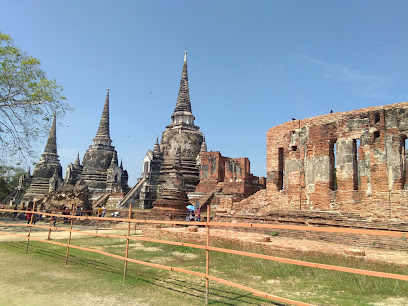
Wihan Phra Mongkhon Bophit
Explore the spiritual beauty and architectural grandeur of Wihan Phra Mongkhon Bophit, a must-see Buddhist temple in Ayutthaya, Thailand.
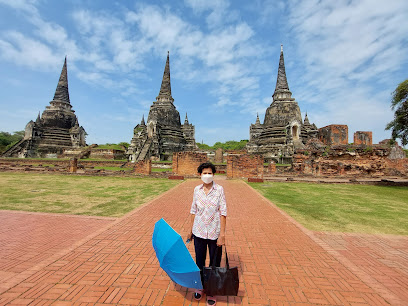
Ayutthaya Elephant Palace & Royal Kraal
Experience the magic of Ayutthaya at the Elephant Palace & Royal Kraal, where you connect with majestic elephants in a beautiful historical setting.

Wat Ratcha Burana
Discover the architectural beauty and historical significance of Wat Ratcha Burana, a must-see Buddhist temple in Ayutthaya, Thailand.
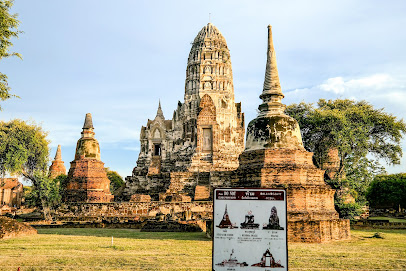
Reclining Buddha Sai Yat - Phra Buddha Sai Yat
Discover the serene beauty of the Reclining Buddha Sai Yat, a stunning Buddhist temple in Ayutthaya, showcasing intricate artistry and rich cultural heritage.
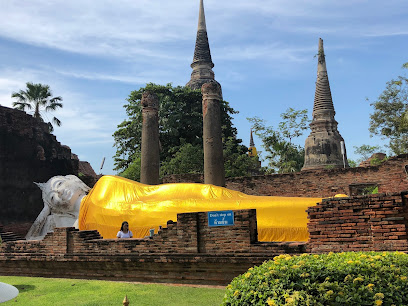
King Ramathibodi I Monument
Explore the rich heritage of Thailand at the King Ramathibodi I Monument, a beautiful tribute to the founder of the Ayutthaya Kingdom.
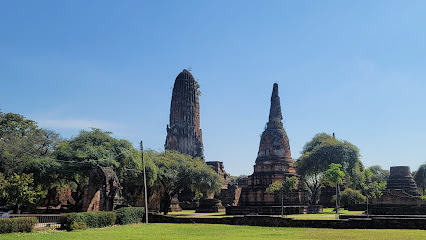
Sanphet Maha Prasat Throne Hall
Discover the splendor of Sanphet Maha Prasat Throne Hall, a historical landmark reflecting the majestic heritage of Ayutthaya's royal past.
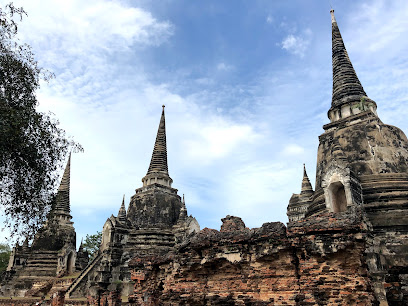
วิหารพระศรีสรรเพชญ์
Uncover the majestic ruins of Ayutthaya Historical Park, a UNESCO World Heritage Site that showcases Thailand's rich cultural history and stunning architectural wonders.
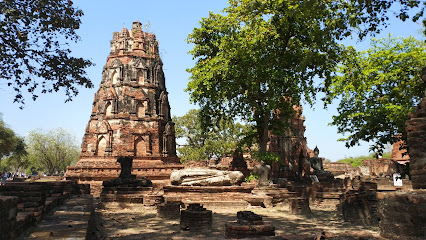
Unmissable attractions to see
Wat Phra Si Sanphet
Explore the majestic Wat Phra Si Sanphet, a historical landmark in Ayutthaya, Thailand, showcasing stunning architecture and deep cultural significance.

Wat Lokkayasutha
Discover the serene beauty of Wat Lokkayasutha, home to the majestic reclining Buddha, a historical gem in Ayutthaya's rich cultural landscape.
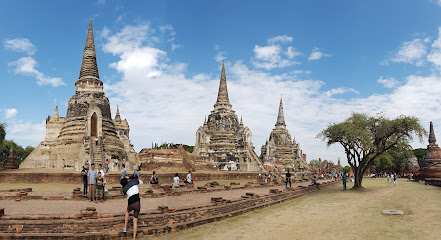
Chao Sam Phraya National Museum
Explore the rich cultural heritage of Thailand at Chao Sam Phraya National Museum, home to exquisite artifacts from the Ayutthaya Kingdom.

King Ramathibodi I Monument
Discover the rich heritage of Thailand at the King Ramathibodi I Monument, a tribute to the founder of the Kingdom of Siam in historic Ayutthaya.
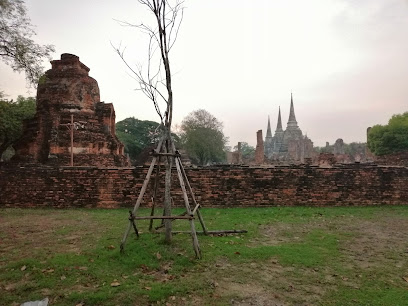
Entrance Wat Phra Ram
Experience the tranquil beauty and historical significance of Wat Phra Ram, an iconic temple in the heart of Ayutthaya, Thailand.
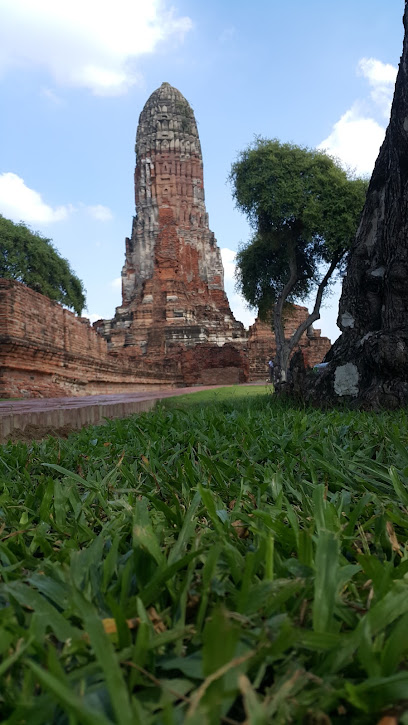
Essential places to dine
สวนอาหารไทรทองริเวอร์ Saithongriver Restaurant
Experience authentic Thai cuisine at Saithongriver Restaurant by the river in Ayutthaya – where great food meets stunning views.
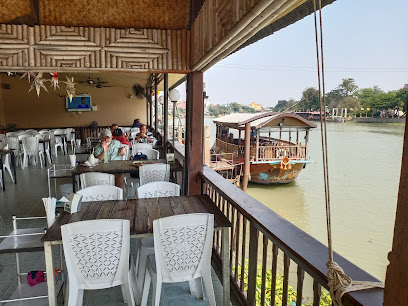
De Riva Ayothaya
Experience authentic Thai cuisine at De Riva Ayothaya, where every dish tells a story amidst stunning riverside views.

Malakor Kitchen and Cafe ร้านมะละกอ
Savor the rich flavors of Thailand at Malakor Kitchen and Cafe in Ayutthaya – where every dish tells a story.

Ayutthayarom Restaurant
Experience authentic Thai cuisine at Ayutthayarom Restaurant in Phra Nakhon Si Ayutthaya—where every dish tells a story.
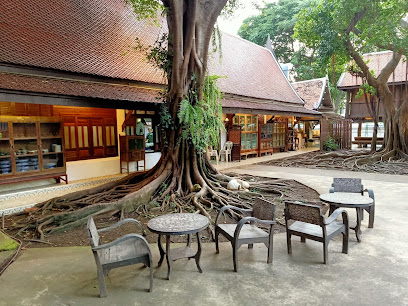
Civilize Ayutthaya
Discover authentic Thai flavors and delightful pastries at Civilize Ayutthaya – a culinary gem in the historic city.
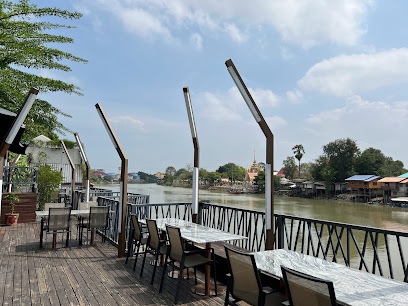
Sukunya Somtum
Experience the authentic taste of Thailand at Sukunya Somtum in Ayutthaya – where traditional flavors meet local charm.
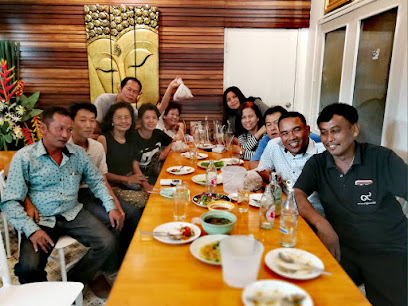
Kaowlaor
Experience authentic Thai flavors at Kaowlaor – a family-friendly restaurant in historic Ayutthaya offering traditional dishes with fresh ingredients.
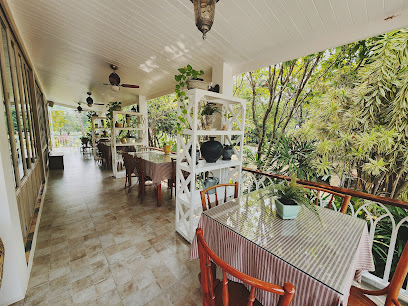
Baan TonSai Restaurant
Experience the rich flavors of traditional Thai cuisine at Baan TonSai Restaurant in Ayutthaya - where every meal tells a story.

Earl Thai Restaurant
Experience authentic Thai cuisine at Earl Thai Restaurant in Phra Nakhon Si Ayutthaya - where every dish is a journey through flavors.
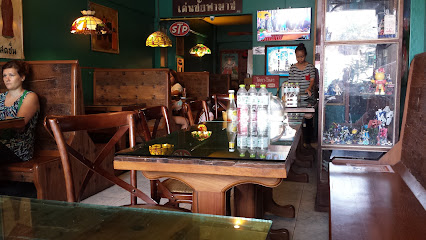
Eatery and Bar - ห้องอาหารอีเทอรี่ แอนด์ บาร์
Experience authentic Thai flavors amidst historic Ayutthaya at Eatery and Bar – where culinary delights meet cultural charm.

Markets, malls and hidden boutiques
Wat Phra Si Sanphet
Discover Wat Phra Si Sanphet, the historic temple complex in Ayutthaya, Thailand, showcasing stunning architecture and rich cultural heritage.
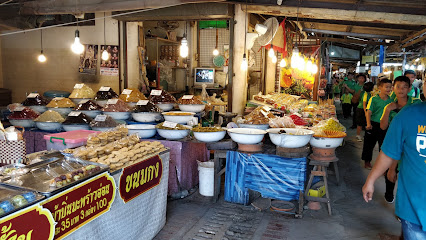
The Summer Coffee - Old Town
Explore the charm of Ayutthaya at The Summer Coffee, where quality brews meet a cozy ambiance in the heart of Old Town.
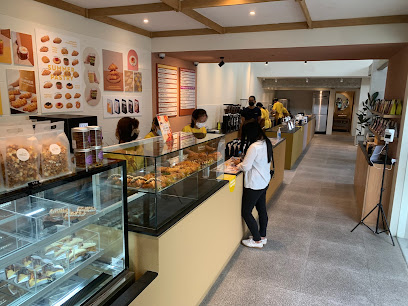
Campamento de elefantes de Ayutthaya
Experience the majestic elephants of Ayutthaya in an ethical and engaging environment, perfect for animal lovers and adventurers alike.
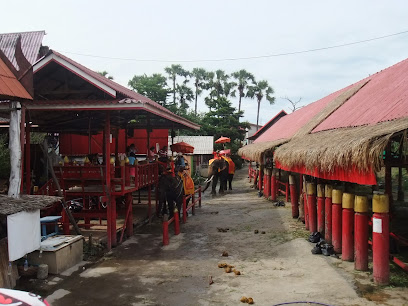
420 Exclusive Cannabis Shop Ayutthaya (ร้านกัญชา อยุธยา)
Explore the vibrant cannabis culture at 420 Exclusive Cannabis Shop in Ayutthaya - a unique destination for enthusiasts and curious travelers alike.
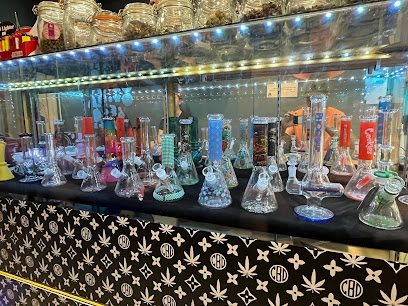
ขายกระรอกหลากสี อยุธยา Squirrel Shop
Explore the vibrant Squirrel Shop in Ayutthaya, where colorful squirrels and unique pet supplies await every animal lover.

Coffee+
Experience the tranquil charm of Coffee+ in Phra Nakhon Si Ayutthaya, where every cup tells a story and relaxation is a priority.
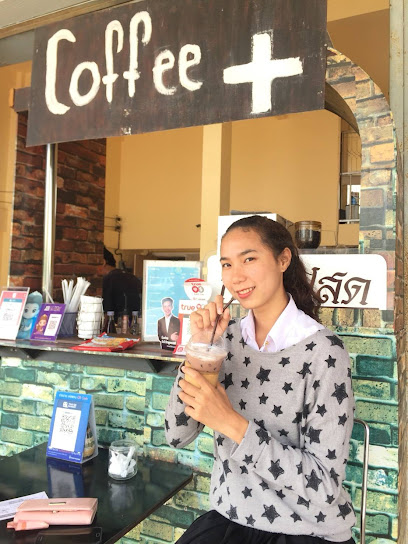
Watsons Amporn Ayutthaya
Discover Watsons Amporn Ayutthaya, your go-to destination for health, beauty, and cosmetics in the heart of Thailand's historic city.

CHANG SHOP
Explore Chang Shop in Ayutthaya for unique clothing that embodies local culture and style, perfect for tourists seeking authentic Thai fashion.
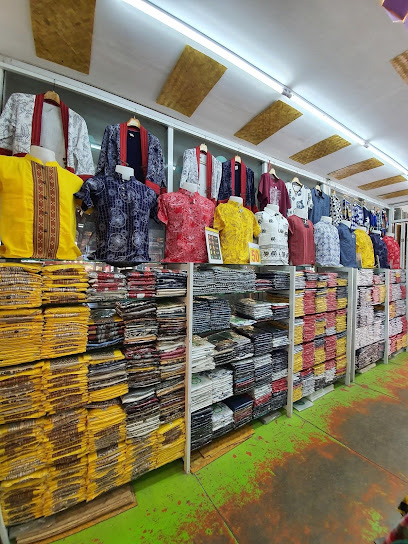
ออฟฟิตดีจริงศึกษาภัณฑ์
Explore the whimsical world of ออฟฟิตดีจริงศึกษาภัณฑ์, a novelty store in Phra Nakhon Si Ayutthaya, offering unique gifts and local treasures.
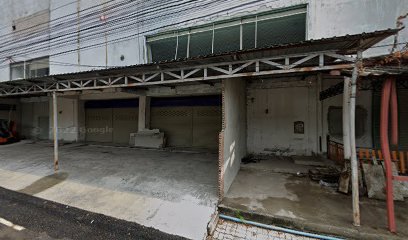
หัวโขน - ม.ล.พันธ์สวัสดิ์ (Phansawat)
Discover authentic Thai handicrafts and unique souvenirs at Phansawat in Ayutthaya, a cultural gem for every traveler.
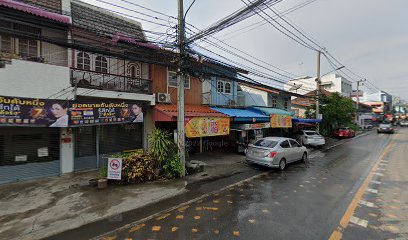
Essential bars & hidden hideouts
BROWN ALE AYUTTHAYA
Discover the vibrant nightlife at BROWN ALE AYUTTHAYA, where local brews meet historical charm in the heart of Thailand's ancient city.

Lung nuat bar
Experience the best of Ayutthaya at Lung Nuat Bar, where local flavors meet a vibrant atmosphere in the heart of Thailand's historic city.
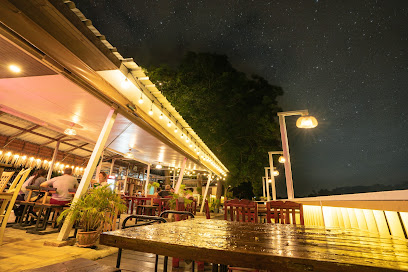
Planet Earth Bar & Restaurant
Experience the vibrant nightlife and local flavors at Planet Earth Bar & Restaurant in Ayutthaya, a perfect blend of relaxation and entertainment.

Camping Bar Ayutthaya
Experience the unique blend of relaxation and vibrant atmosphere at Camping Bar Ayutthaya, a perfect retreat in the heart of Thailand's historic city.
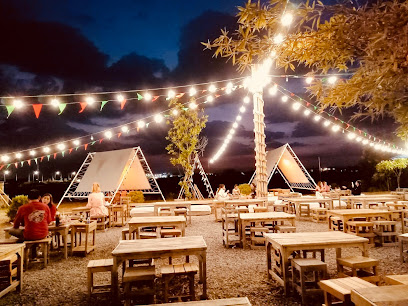
Khaosan Bar Ayutthaya
Experience vibrant nightlife at Khaosan Bar Ayutthaya, where live music and a welcoming atmosphere await in the heart of Thailand's historic city.
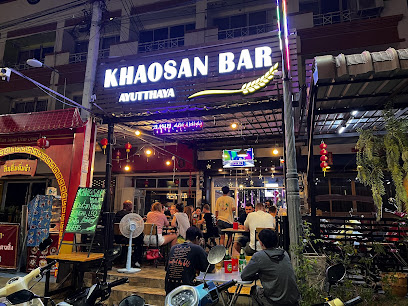
Red Cup Bar&Restaurant
Experience the vibrant atmosphere and delightful flavors of Red Cup Bar & Restaurant in the heart of Ayutthaya, Thailand.

คงเจริญ Bar & Rooftop
Discover the vibrant atmosphere of คงเจริญ Bar & Rooftop in Phra Nakhon Si Ayutthaya, where stunning views meet delightful drinks and lively evenings.

Eatery and Bar - ห้องอาหารอีเทอรี่ แอนด์ บาร์
Experience authentic Thai cuisine with a modern twist at the picturesque Eatery and Bar in Ayutthaya, where every meal is a feast for the senses.
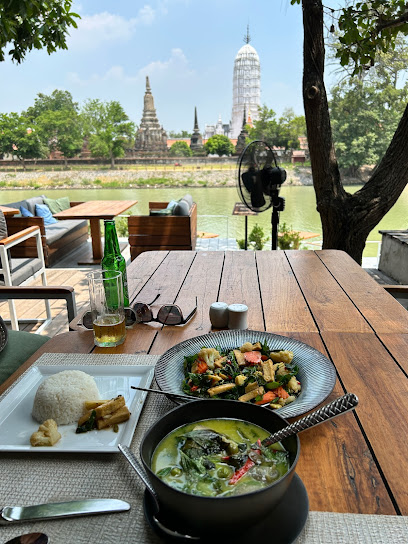
SEEN
Discover SEEN, Ayutthaya's chic bar offering exquisite cocktails, stunning views, and a vibrant atmosphere perfect for evening relaxation and socializing.

Kith
Experience vibrant nightlife at Kith, a must-visit bar in Ayutthaya, blending local culture with delightful drinks in a lively atmosphere.
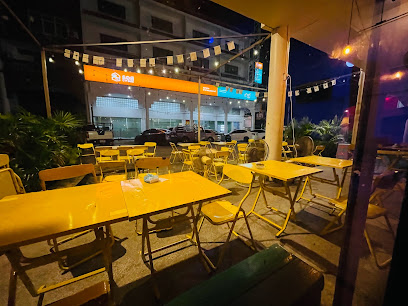
Local Phrases
-
- Helloสวัสดี
[sawasdee] - Goodbyeลาก่อน
[laa kon] - Yesใช่
[chai] - Noไม่
[mai] - Please/You're welcomeโปรด/ยินดีต้อนรับ
[proat/yin dee dton rap] - Thank youขอบคุณ
[kop khun] - Excuse me/Sorryขอโทษ
[kor toht] - How are you?สบายดีไหม
[sabai dee mai] - Fine. And you?ดีค่ะ คุณล่ะ
[dee ka kun la] - Do you speak English?คุณพูดภาษาอังกฤษได้ไหม
[kun poot paa saa ang grit dai mai] - I don't understandฉันไม่เข้าใจ
[chan mai kao jai]
- Helloสวัสดี
-
- I'd like to see the menu, pleaseขอดูเมนูหน่อยค่ะ
[kor doo menu noi ka] - I don't eat meatฉันไม่กินเนื้อ
[chan mai gin nuea] - Cheers!ชน
[chon] - I would like to pay, pleaseขอจ่ายเงินหน่อยค่ะ
[kor jai ngern noi ka]
- I'd like to see the menu, pleaseขอดูเมนูหน่อยค่ะ
-
- Help!ช่วยด้วย
[chuai duay] - Go away!ไปทางนั้น
[pai tang nun] - Call the Police!โทรตำรวจ
[tor tamruat] - Call a doctor!โทรหมอ
[tor mor] - I'm lostฉันหลงทาง
[chan long tang] - I'm illฉันไม่สบาย
[chan mai sabai]
- Help!ช่วยด้วย
-
- I'd like to buy...ฉันอยากซื้อ...
[chan yak sue] - I'm just lookingฉันเพียงชมดู
[chan piang chom doo] - How much is it?ราคาเท่าไร
[ra ka tao rai] - That's too expensiveแพงเกินไป
[paeng gein pai] - Can you lower the price?ลดราคาได้ไหม
[lot ra ka dai mai]
- I'd like to buy...ฉันอยากซื้อ...
-
- What time is it?เวลาเท่าไร
[welaa tao rai] - It's one o'clockเป็นโมงหนึ่ง
[pen mong nueang] - Half past (10)ครึ่งหลัง (10)
[krueng lang sip] - Morningเช้า
[chao] - Afternoonบ่าย
[bai] - Eveningเย็น
[yen] - Yesterdayเมื่อวาน
[meua wan] - Todayวันนี้
[wan nee] - Tomorrowพรุ่งนี้
[proong nee] - 1หนึ่ง
[nueang] - 2สอง
[song] - 3สาม
[sam] - 4สี่
[see] - 5ห้า
[ha] - 6หก
[hok] - 7เจ็ด
[jet] - 8แปด
[paet] - 9เก้า
[gao] - 10สิบ
[sip]
- What time is it?เวลาเท่าไร
-
- Where's a/the...?...อยู่ที่ไหน
[...yoo tee nai] - What's the address?ที่อยู่อยู่ไหน
[tee yoo yoo nai] - Can you show me (on the map)?คุณแสดงให้ฉันได้ไหม
[kun sa deng hai chan dai mai] - When's the next (bus)?เมื่อไหร่รถเมล์ถัดไป
[meua rai rodt mel tad pai] - A ticket (to ....)บัตรโดยสารไป...
[bat doy saan pai...]
- Where's a/the...?...อยู่ที่ไหน
History of Wat Phra Si Sanphet
-
Wat Phra Si Sanphet was built in the 14th century during the reign of King Ramathibodi I, serving as the royal temple of the Ayutthaya Kingdom. Its name translates to 'The Temple of the Holy Buddha Image,' reflecting its significance as a spiritual center. The temple complex was constructed to honor the revered Emerald Buddha, which was later moved to Wat Phra Kaew in Bangkok.
-
The temple is renowned for its stunning architecture, particularly the three large chedis (stupas) that were built to house the ashes of three Ayutthayan kings. These chedis symbolize the power and wealth of the kingdom during its golden age, showcasing the intricate craftsmanship and artistry of the period that flourished in the 15th and 16th centuries.
-
The decline of the Ayutthaya Kingdom began in the 18th century with invasions from the Burmese. In 1767, during the siege of Ayutthaya, Wat Phra Si Sanphet faced significant destruction. The sacred images were plundered, and the temple complex fell into ruins, marking a significant turning point in the history of the kingdom and its cultural heritage.
-
In the late 19th century, efforts began to restore Wat Phra Si Sanphet, led by King Chulalongkorn (Rama V). This restoration aimed to preserve the temple as a national symbol of Thai history and culture. The site has since been recognized as part of the UNESCO World Heritage Site of Historic City of Ayutthaya, highlighting its importance in the context of global heritage.
-
Today, Wat Phra Si Sanphet remains a symbol of Thailand's rich history and cultural identity. It attracts countless visitors, serving as a reminder of the grandeur of the Ayutthaya Kingdom. The temple complex is often a focal point for cultural events and ceremonies, reflecting the enduring legacy of Buddhism in Thai society.
Wat Phra Si Sanphet Essentials
-
Wat Phra Si Sanphet is located in the historic city of Ayutthaya, Thailand. To reach Ayutthaya from Bangkok, you can take a train from Hua Lamphong Railway Station, which takes about 1.5 to 2 hours. Alternatively, you can take a bus from Mo Chit Bus Terminal, which also takes about 1.5 hours. Once in Ayutthaya, you can hire a tuk-tuk or a taxi to reach Wat Phra Si Sanphet, which is approximately 3 kilometers from the bus and train stations.
-
The best way to explore the area around Wat Phra Si Sanphet is by bicycle, which can be rented from various shops in Ayutthaya. The site is also accessible via tuk-tuks and taxis. For those who prefer walking, many of the historical sites in Ayutthaya are within a reasonable distance from each other, allowing for a leisurely exploration of the ancient ruins.
-
Ayutthaya is generally a safe destination for tourists. However, it’s recommended to avoid isolated areas after dark and to keep an eye on your belongings in crowded places. While there are no specific high-crime areas targeting tourists, petty theft can occur, especially near popular tourist sites.
-
In case of emergency, dial 191 for police assistance or 1669 for medical emergencies. There are hospitals and clinics in Ayutthaya, and it is advisable to have travel insurance that covers emergencies. For minor health issues, local pharmacies are available, and staff can often assist with basic needs.
-
Fashion: Do dress modestly when visiting Wat Phra Si Sanphet. Avoid shorts and sleeveless tops. Religion: Do respect local customs and traditions, including removing your shoes before entering sacred areas. Public Transport: Do be courteous and give up your seat to elderly passengers. Don't eat or drink on public transport. Greetings: Do greet locals with a traditional 'wai' gesture (hands pressed together in a prayer-like position). Eating & Drinking: Do try local street food but ensure it is cooked thoroughly. Don't refuse food offerings, as it can be seen as impolite.
-
To experience Wat Phra Si Sanphet like a local, visit in the early morning or late afternoon to avoid crowds and enjoy cooler temperatures. Explore the nearby ruins on foot or by bike for a more immersive experience. Don't miss the chance to try local delicacies from street vendors, especially the famous 'boat noodles.' Engage with local vendors and historians, as they often share fascinating stories about the history of Ayutthaya.
Trending Landmarks in Wat Phra Si Sanphet
Nearby Cities to Wat Phra Si Sanphet
-
Things To Do in Bangkok
-
Things To Do in Samut Prakan
-
Things To Do in Kanchanaburi
-
Things To Do in Pattaya
-
Things To Do in Nakhon Ratchasima
-
Things To Do in Rayong
-
Things To Do in Hua Hin
-
Things To Do in Trat
-
Things To Do in Sukhothai
-
Things To Do in Battambang
-
Things To Do in Loei
-
Things To Do in Siem Reap
-
Things To Do in Koh Kong
-
Things To Do in Udon Thani
-
Things To Do in Hpa-An









